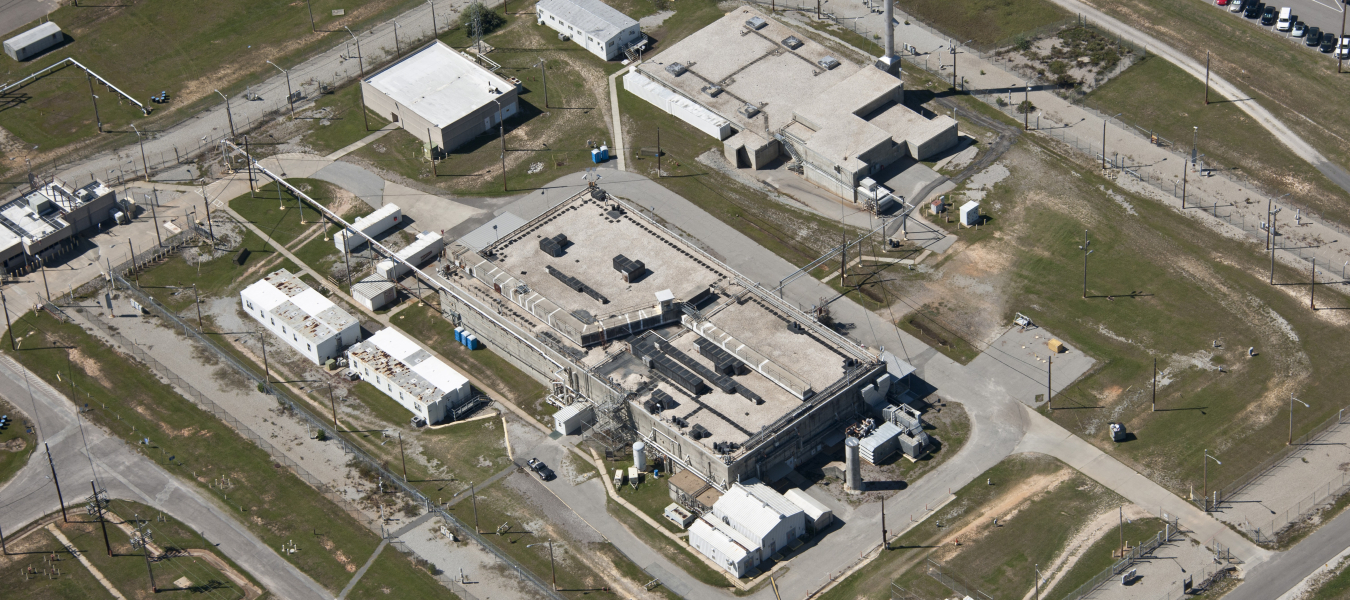EM is slated to decommission a building at the Savannah River Site (SRS) containing residual plutonium once used to power deep space missions after workers finished deactivating the facility.
Office of Environmental Management
September 20, 2022
AIKEN, S.C. – EM is slated to decommission a building at the Savannah River Site (SRS) containing residual plutonium once used to power deep space missions after workers finished deactivating the facility.
Blast resistant and windowless, the former material storage building known as Building 235-F has been inactive for more than 25 years. One section of the two-story concrete building, known as the Plutonium Fuel Form Facility, was used to make fuel spheres and pellets out of plutonium-238 oxide to provide heat to power long-term deep-space missions such as Galileo, Ulysses and Cassini.
“We are pleased to see another SRS facility nearing decommissioning,” said DOE-Savannah River Nuclear Materials Program Manager Bert Crapse. “This helps further the Department of Energy’s mission of footprint reduction at SRS and reduces risks to workers, the public and the environment.”
EM and Savannah River Nuclear Solutions, the site’s management and operations contractor, worked with the South Carolina Department of Environmental Control and the U.S. Environmental Protection Agency to finalize plans for the building decommissioning.
They decided to grout process areas of the building and emplace a durable sloped roof based on risk to workers, protection of human health, environmental impacts and cost. The sloped roof would prevent standing water on the roof, which is currently flat.
The multi-year decommissioning project is scheduled to begin in the fiscal year that starts this October. The work will be similar to decommissioning of the former P and R reactor facilities at SRS in 2011.
Deactivation of 235-F, which began in 2019, prepared the facility for decommissioning, according to Building 235-F Project Manager Jeff Hasty.
“Deactivation will prepare the facility for long-term safe storage, which is an end state relatively free of non-radiological hazards, with acceptable radiological risks and minimal continuing surveillance and maintenance,” Hasty said.
Deactivation involved reconfiguration or shutdown of ventilation systems; isolation of all utilities, including water, steam and power; removal of contamination or use of a permanent coating, called a fixative, that prevents contamination from spreading outside of the process enclosures; and removal of non-radiological hazardous material, such as lead, oils and process water.
“This shutdown will greatly reduce the cost for surveillance and maintenance of Building 235-F during safe storage,” Hasty said.
To receive the latest news and updates about the Office of Environmental Management, submit your e-mail address.

